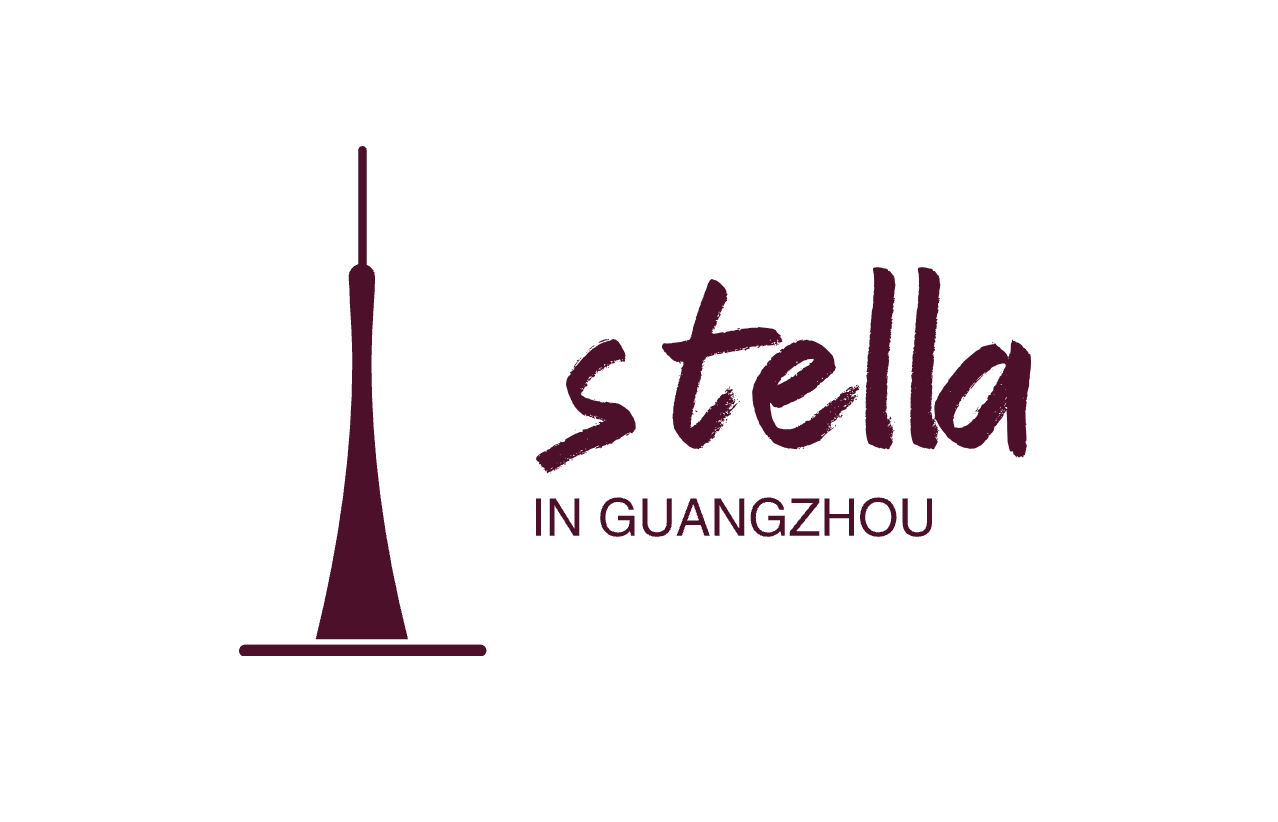As one of China’s most prominent apparel manufacturing hubs, Guangzhou boasts a highly integrated supply chain, access to extensive textile resources, and a dense concentration of garment factories. This ecosystem has long attracted international fashion brands, wholesalers, and independent designers seeking efficient, cost-effective production solutions.
Key Manufacturing Districts in Guangzhou
Garment factories in Guangzhou are mainly clustered across three major districts:
- Baiyun District: A mature manufacturing zone home to a wide range of cut-and-sew factories.
- Haizhu District: Strategically located near Zhongda Fabric Market, China’s largest fabric and trim trading hub, , offering easy access to raw materials and textile sourcing.
- Panyu District: Known for its lower overhead costs and spacious industrial areas.
Factory Classification by Size and Capability

Garment factories in Guangzhou can be broadly categorized into four tiers based on their workforce size and production capabilities:
Type A: 100+ workers
Large-scale, well-structured facilities with robust production capacity, in-house quality control teams, and advanced equipment. These factories are suited for high-volume orders.
Type B: 30–100 workers
Mid-sized factories often equipped with their own sample room and pattern-making team. They are capable of handling both ODM (Original Design Manufacturing) and OEM (Original Equipment Manufacturing) services.
Type C: 10–30 workers
Flexible, production-oriented units typically offering full-package production or cut-make-trim services. While some may assist with sourcing basic materials, they generally lack in-house sample development capabilities.
Type D: 3–10 workers
Small workshop-style setups with highly limited capacity. They usually subcontract pattern making and cutting, focusing on cut and sew only.
How to Choose the Right Factory for Your Brand
Your choice of factory should align with your brand’s size, order quantity, and technical requirements. Here’s a general idea:

Something You May Want To Know
Most Factories Specialize in Certain Garment Types
Many factories specialize in either woven or knit garments, and rarely do they handle both types. For example:
- A men’s wear factory may not be able to execute complex women’s wear silhouettes.
- A factory making outerwear may not handle lightweight chiffon.
- A denim supplier likely won’t work with mesh or silk.
One factory rarely does it all. It’s crucial to match your product category with the factory’s area of expertise to ensure the best results.

New Sample Development: Block Sample vs. Tech Pack
Smaller factories (Type C/D) typically lack skilled in-house pattern makers or may not accept design sketches for sample development. They often require a physical reference sample.
Factories are often reluctant to work on sample development from tech packs or designs due to the risk of frequent revisions, which can be time-consuming and costly. If you need to develop a sample from a tech pack or design file, ensure you partner with a factory that has an in-house sample room, experienced pattern makers, and the capability to take your design from concept to final sample.
Production Models: Full-Package Production vs. Cut-Make-Trim
There are two common cooperation models when working with a factory:
- Full-Package Production: The factory is responsible for sourcing materials, cutting, sewing, finishing, and packing. You only need to approve the pre-production sample and place purchase orders with the factory.
- Cut-Make-Trim: In this model, the factory only handles the labor aspect of production, and you are responsible for sourcing all the materials. If there are any issues with the fabrics or trims, or if replacements are required, this process can become quite cumbersome and time-consuming.
Allow Sufficient Time for Sampling and Production
Factories tend to prioritize long-term clients and ongoing orders. As a new customer, even if you’re ready to place an order, the factory may not be able to schedule your production immediately. Factories have their own production schedules and order priorities, so it is essential to allow sufficient time for both sampling and production.
It’s important to note that the time the factory initially provides may not always be accurate. Factories often face delays or unexpected issues that can impact their ability to meet deadlines. Therefore, it’s advisable to allow extra time beyond the factory’s initial estimate to avoid disruption to your plans. By doing so, you create a buffer that ensures your product launch or new collection plans proceed as intended, even if there are delays on the factory’s end.
Many Suppliers Are Trading Companies, Not Direct Factories
Many clients find that they are not working directly with factories but with trading companies instead. These trading companies often have in-house development capabilities and sample-making teams, allowing them to help you develop samples before sending them to a suitable factory for mass production.

To ensure product quality, trading companies typically conduct quality control checks, ironing, and final packaging after the factory completes production. This process helps maintain better control over the final product, ensuring that the goods meet the required standards before they are shipped.

I hope this article has given you a good starting point for your explore garment production in Guangzhou.
If you’re seeking a reliable production partner in Guangzhou, or need support with fabric sourcing, sample development, factory coordination, production follow-up, or quality control, I am here to help. Please feel free to contact me via email to discuss how I can support you.


